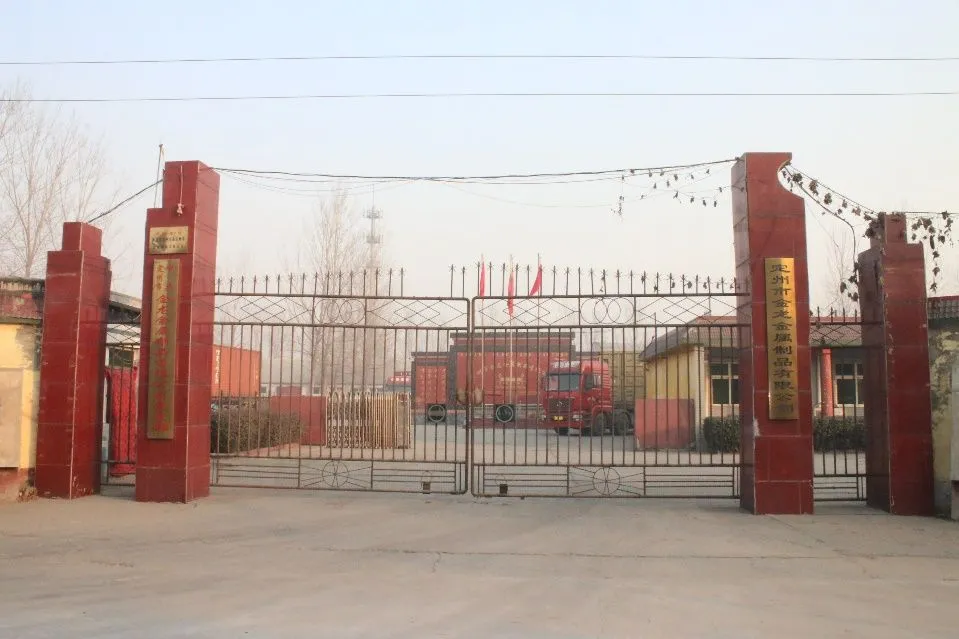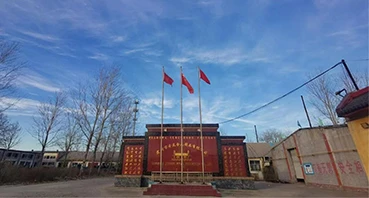how to choose a welding rod
Jan . 14, 2025 09:55
Selecting the right welding rod is crucial for achieving strong, durable welds and ensuring the overall success of any welding project. Welding rods, also known as electrodes, serve as a filler to join two pieces of metal and therefore must be chosen with care, as the quality of the weld largely depends on this choice.
Evaluate Environmental and Safety Conditions Environmental factors such as humidity and temperature can affect the storage and performance of welding rods. Low-hydrogen rods, like the E7018, need to be stored in proper conditions to prevent moisture pick-up, which could lead to hydrogen-induced cracking. Additionally, some rods produce more fumes than others, so proper ventilation and personal protective equipment (PPE) is a consideration to ensure safety. Review Mechanical Properties Requirements Consider the mechanical properties like tensile strength, impact resistance, and ductility required for the completed weld. This requirement will guide your electrode choice, ensuring the weld can withstand the operational stresses it will encounter. For structural applications, selecting a rod that matches or exceeds the base metal’s mechanical properties is vital. Account for Cost-Effectiveness While the technical specifications are paramount, the project budget also plays a role in electrode selection. High-quality rods might be more expensive, but they often offer better performance and lower post-weld repair rates, saving time and money in the long run. Balancing the costs with the advantages of higher-grade electrodes can lead to more efficient and cost-effective operations. In conclusion, the intricate process of selecting a welding rod involves careful consideration of metal types, welding positions, electrical currents, coating materials, environmental conditions, mechanical properties, and budget constraints. Mastery in these areas not only enhances one’s skills but elevates the quality and professionalism of the welding projects undertaken. Through experience, expertise, and adherence to safety standards, welders can achieve impeccable results with the appropriate welding rod.


Evaluate Environmental and Safety Conditions Environmental factors such as humidity and temperature can affect the storage and performance of welding rods. Low-hydrogen rods, like the E7018, need to be stored in proper conditions to prevent moisture pick-up, which could lead to hydrogen-induced cracking. Additionally, some rods produce more fumes than others, so proper ventilation and personal protective equipment (PPE) is a consideration to ensure safety. Review Mechanical Properties Requirements Consider the mechanical properties like tensile strength, impact resistance, and ductility required for the completed weld. This requirement will guide your electrode choice, ensuring the weld can withstand the operational stresses it will encounter. For structural applications, selecting a rod that matches or exceeds the base metal’s mechanical properties is vital. Account for Cost-Effectiveness While the technical specifications are paramount, the project budget also plays a role in electrode selection. High-quality rods might be more expensive, but they often offer better performance and lower post-weld repair rates, saving time and money in the long run. Balancing the costs with the advantages of higher-grade electrodes can lead to more efficient and cost-effective operations. In conclusion, the intricate process of selecting a welding rod involves careful consideration of metal types, welding positions, electrical currents, coating materials, environmental conditions, mechanical properties, and budget constraints. Mastery in these areas not only enhances one’s skills but elevates the quality and professionalism of the welding projects undertaken. Through experience, expertise, and adherence to safety standards, welders can achieve impeccable results with the appropriate welding rod.
Related Video
Copyright © 2025 Dingzhou Jinlong Metal Production Co., Ltd. All Rights Reserved. Sitemap | Privacy Policy




























